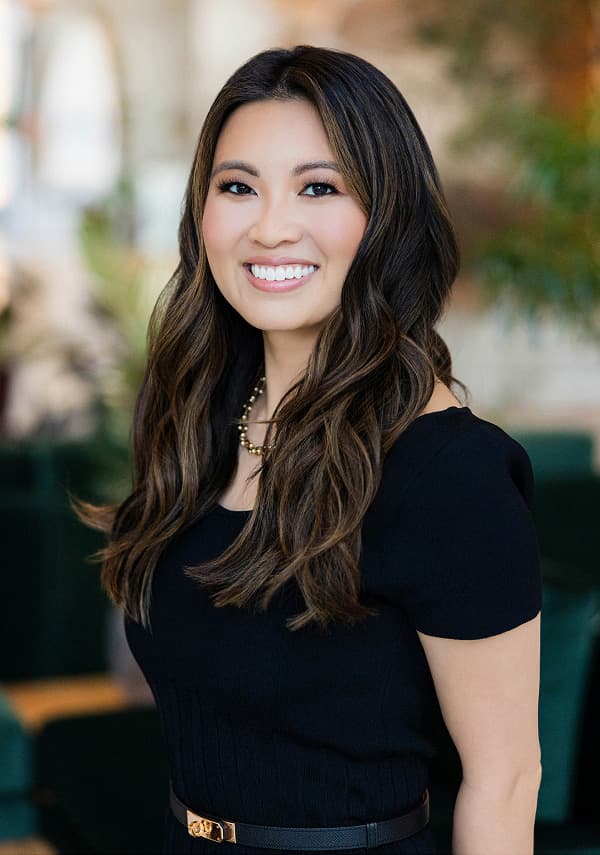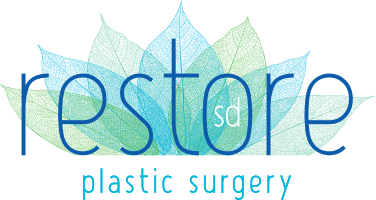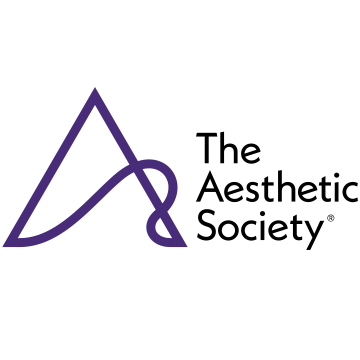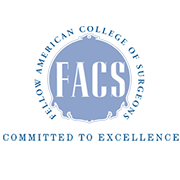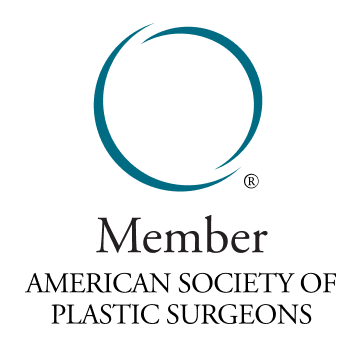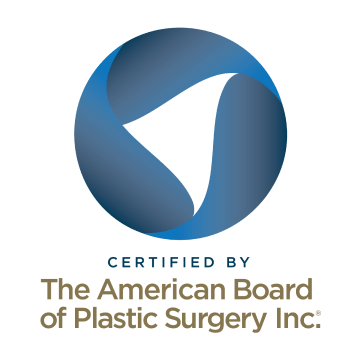
What is a Dorsal Hump?
A dorsal hump, also known as a nasal hump, is a prominent bump on the bridge of the nose. It is composed of bone, cartilage, or both and can affect the nasal profile, creating a curved or hooked appearance. Dorsal humps can be a source of self-consciousness for many individuals and are often addressed through cosmetic procedures such as rhinoplasty.
Causes of Dorsal Hump
Dorsal humps can be caused by a variety of factors, including:
- Genetics: Many individuals are born with a dorsal hump due to inherited traits.
- Trauma: Injuries to the nose, such as fractures or impacts, can lead to the development of a dorsal hump.
- Aging: Changes in cartilage and bone structure over time can contribute to the appearance of a dorsal hump.
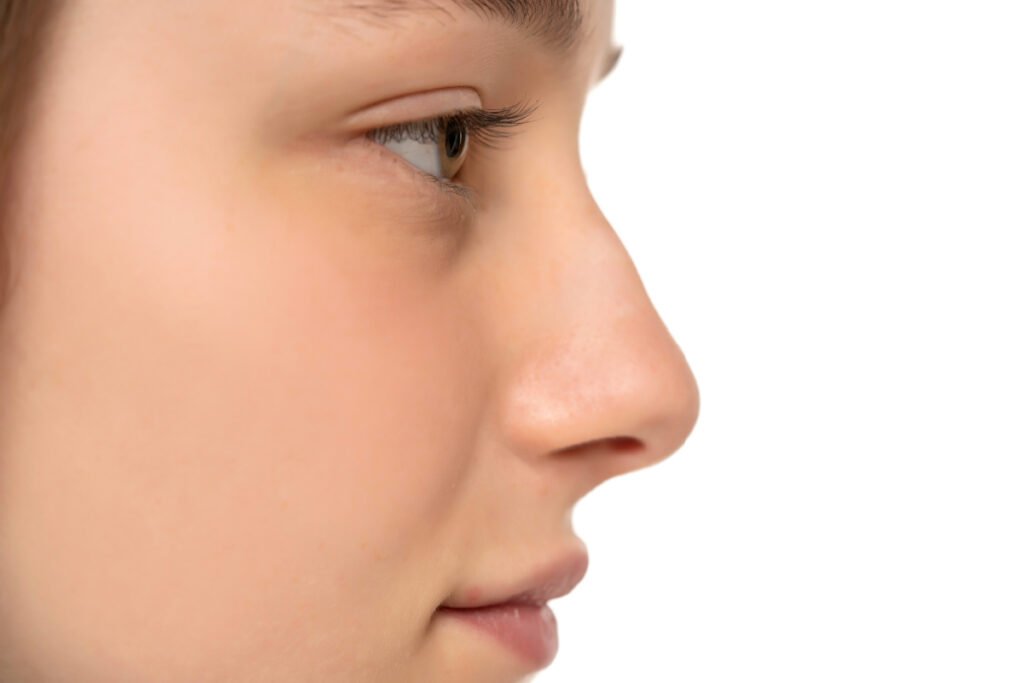
Symptoms and Concerns
The primary concern with a dorsal hump is aesthetic, as it can affect the overall appearance of the face. Some individuals may also experience functional issues, such as difficulty breathing, if the hump is associated with other structural problems within the nose.
Diagnosis
A dorsal hump is typically diagnosed through a physical examination of the nose. In some cases, imaging studies such as X-rays or CT scans may be used to assess the underlying bone and cartilage structure.

“I was very happy after my surgery, everything went great, wonderful doctor and staff! I would recommend the doctor to everyone!”
—Google Review
Dorsal Hump Treatment Options
Treatment for a dorsal hump is primarily surgical and involves rhinoplasty. Rhinoplasty surgeon Dr. Janet Chao customizes each procedure to the patient’s specific needs and personal aesthetic goals. Treatment options include:
Open Rhinoplasty
The open rhinoplasty technique involves making an incision along the columella (the tissue between the nostrils) to allow direct access to the nasal structures. Dr. Chao can then reshape the bone and cartilage to remove the dorsal hump and create a smoother nasal profile. If you require more extensive nasal reshaping, such as significant structural changes or complex corrections, open rhinoplasty may be the best route for you, as it provides Dr. Chao with greater visibility and precision for detailed modifications. Open rhinoplasties are also the preferred technique for refining a wide, bulbous nose tip.
Closed Rhinoplasty
With the closed rhinoplasty technique, all incisions are made inside the nostrils, avoiding external scars. Dr. Chao reshapes the bone and cartilage through these internal incisions to address the dorsal hump. Those who desire minimal external scarring and have relatively straightforward corrections to the nasal bridge or tip may choose closed rhinoplasty, as it offers a slightly less invasive approach with faster recovery.
Non-Surgical Rhinoplasty
For individuals with minor dorsal humps, a non-surgical rhinoplasty using dermal fillers can temporarily camouflage the hump by filling in the surrounding areas to create a smoother profile. This is a less invasive option, which is a big benefit for many patients, but does not provide permanent results, as it will only last 6-12 months. However, non-surgical rhinoplasties are a great way for you to “test drive” a new nose contour to see how you like the results before committing to a permanent, surgical procedure.
Recovery and Aftercare
Recovery from rhinoplasty varies depending on the extent of the surgery. Generally, patients can expect:
- Initial Swelling and Bruising: Swelling and bruising are common and can last for several weeks. Most swelling subsides within the first few weeks, but subtle swelling may persist for several months.
- Follow-Up Appointments: You will have regular follow-up appointments with Dr. Chao, as they are essential to monitor healing and address any concerns you may have during the recovery process.
- Activity Restrictions: Patients are advised to avoid strenuous activities, heavy lifting, and contact sports for several weeks to ensure proper healing.
Results
Swelling will continue to diminish in the months following your procedure. Your nose shape will become more and more refined as the swelling goes down, but it’s important to be patient, as the changes will be very gradual. By six months out from their rhinoplasty, most patients will see a much more defined nasal shape. However, the final results, particularly in terms of nasal tip definition and overall contour, may not be fully visible until 12 months post-surgery.
Why Choose Restore SD Plastic Surgery for Rhinoplasty?
At Restore SD Plastic Surgery, we understand the impact that nasal aesthetics can have on your confidence and overall appearance. Dr. Janet Chao, a skilled facial plastic surgeon, offers expert rhinoplasty services to address dorsal humps and other nasal concerns. Dr. Chao and the entire Restore SD team provide:
Personalized Care: Each treatment plan is tailored to your unique needs and aesthetic goals. We’ll work with you to find the perfect nose shape for you!
Expertise: Dr. Chao has extensive experience in rhinoplasty procedures, ensuring beautiful, natural-looking results. She also has experience specifically in Asian rhinoplasties.
Comprehensive Approach: We offer a holistic approach to nasal surgery, ensuring the most natural-looking outcomes. If there is another procedure that you’re considering to help balance your new nose with your other features, Dr. Chao has the eye to help you achieve facial harmony.
Dr. Chao’s elite facial plastic surgery training and remarkable attention to detail offers patients safe, natural-looking results. She will work closely with you to understand your goals and concerns to bring your aesthetic vision to life.
If you are considering treatment for a dorsal hump, contact us today to schedule a consultation. Our team at Restore SD Plastic Surgery is here to help you achieve your desired nasal appearance and enhance your confidence.
Call our San Diego plastic surgery center today to learn more about how we can help you with dorsal hump treatment and other aesthetic concerns.
Medically reviewed by Dr. Katerina Gallus — Updated on Sep 5, 2024


